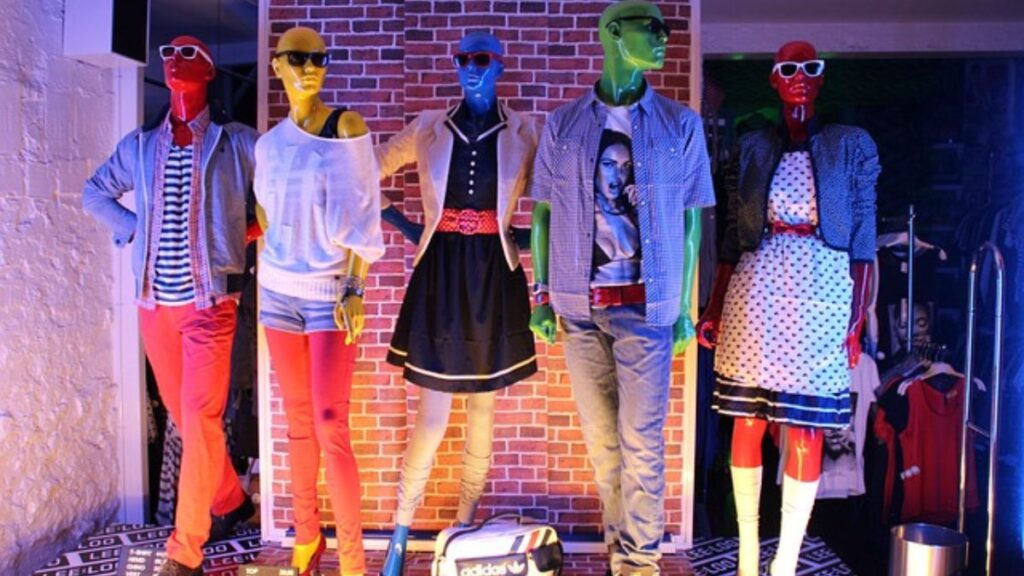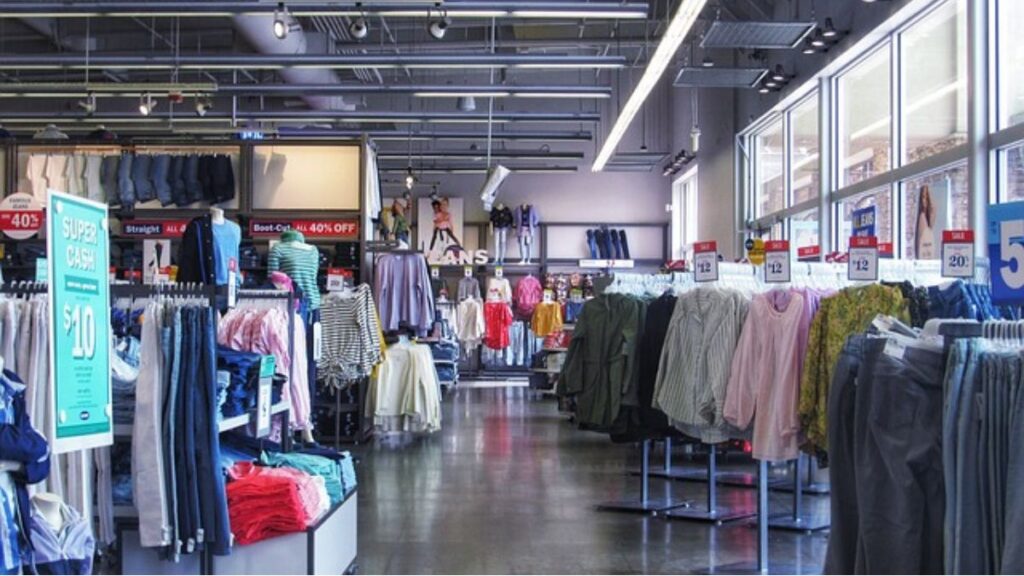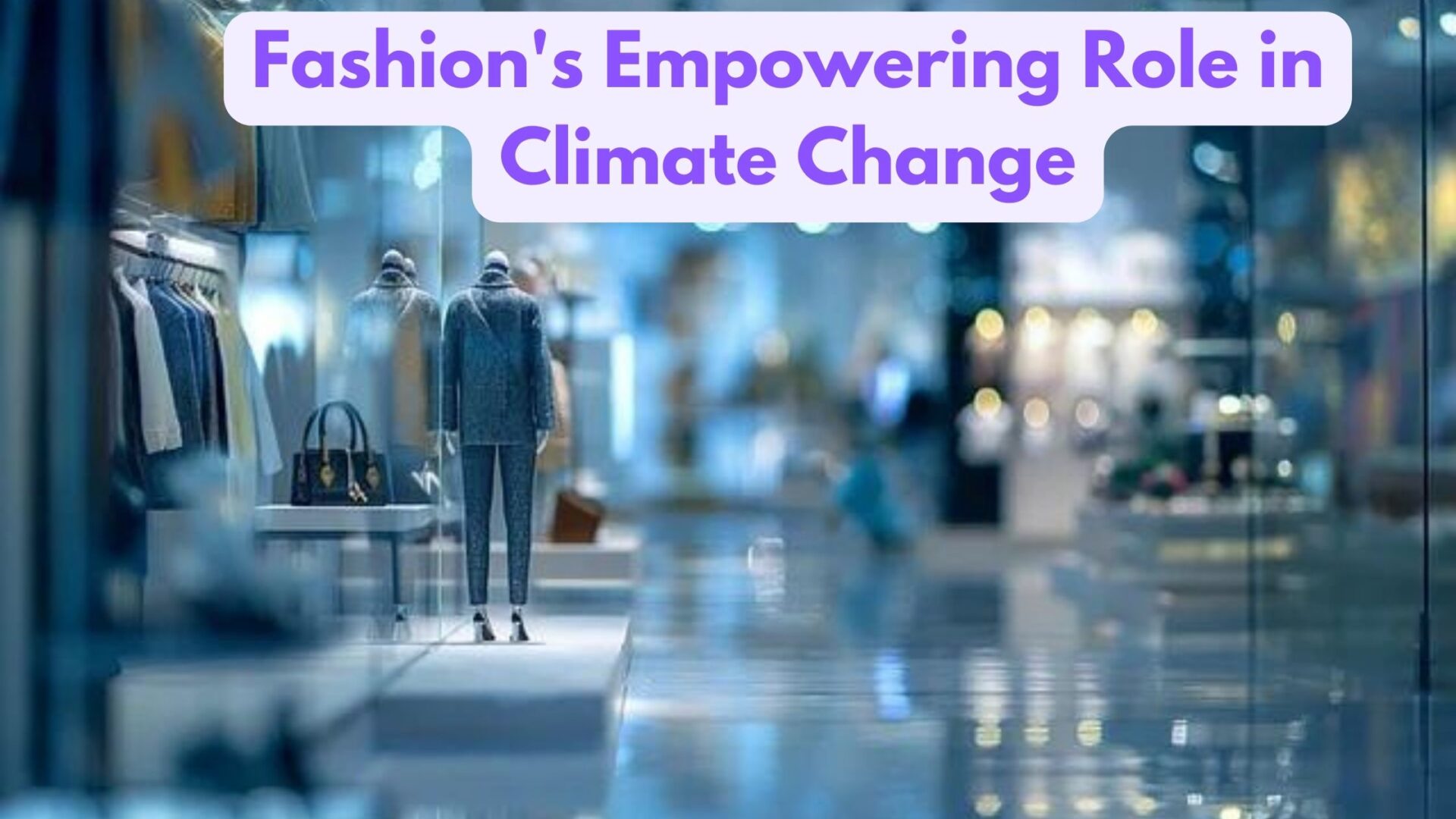Introduction-
Fashion’s Empowering Role in Climate Change

In today’s era of environmental awareness, the fashion industry stands at a pivotal crossroads, wielding significant influence in the fight against climate change. Through innovative practices and conscious consumer choices, fashion has the power to shape a greener, more sustainable future for generations to come.
Fashion’s Empowering Role in Climate Change
Fashion can play a significant role in fostering a greener future through various means:
- Sustainable Materials: Fashion brands can utilize eco-friendly materials such as organic cotton, hemp, bamboo, recycled polyester, and Tencel to reduce environmental impact.
- Ethical Production: Supporting fair labor practices and ensuring workers’ rights are upheld in the production process contributes to a more sustainable fashion industry.
- Circular Economy: Encouraging practices like clothing rental, resale, and upcycling helps extend the lifespan of garments, reducing waste and the need for new production.
- Minimalism and Timeless Design: Promoting timeless styles and encouraging consumers to buy fewer, higher-quality pieces can reduce the demand for fast fashion and its associated environmental costs.
- Education and Awareness: Educating consumers about the environmental and social impacts of their fashion choices empowers them to make more sustainable purchasing decisions.
- Technology and Innovation: Investing in research and development of eco-friendly production methods, such as waterless dyeing techniques and 3D printing, can revolutionize the industry’s environmental footprint.
- Collaboration and Advocacy: Fashion brands can collaborate with environmental organizations and advocate for policy changes that promote sustainability within the industry and beyond.
By adopting these approaches, fashion can become a powerful force for positive change, empowering individuals to contribute to a greener future through their clothing choices.
“What role does sustainable fashion play in combating climate change?”
Sustainable fashion plays a crucial role in combating climate change through several key mechanisms:

- Reduced Carbon Footprint: Sustainable fashion practices, such as using eco-friendly materials, minimizing waste, and adopting renewable energy sources in production, help reduce the industry’s carbon emissions.
- Preservation of Natural Resources: By promoting the use of recycled materials, organic fibers, and responsible sourcing practices, sustainable fashion reduces the pressure on natural resources like water, land, and energy, thereby mitigating environmental degradation and climate change impacts.
- Carbon Sequestration: Certain sustainable materials, such as hemp and bamboo, have the capacity to sequester carbon dioxide from the atmosphere during growth, helping to offset greenhouse gas emissions.
- Circular Economy: Embracing circularity in fashion, where garments are designed for longevity, repairability, and recyclability, reduces the need for virgin resources and minimizes waste generation, thereby lowering the industry’s overall environmental footprint.
- Consumer Awareness and Behavior Change: Sustainable fashion raises awareness among consumers about the environmental and social impacts of their clothing choices, empowering them to make more informed decisions and adopt eco-friendly practices such as thrifting, clothing rental, and capsule wardrobes.
- Advocacy and Policy Influence: Sustainable fashion initiatives can drive systemic change by advocating for policies that incentivize environmental responsibility, promote transparency in supply chains, and regulate harmful practices within the fashion industry.
By addressing these aspects, sustainable fashion contributes to broader efforts to mitigate climate change by reducing greenhouse gas emissions, conserving resources, and fostering more resilient and equitable systems within the fashion industry and beyond.
What are consumers saying about the connection between fashion and climate change?”
Consumers are increasingly recognizing the connection between fashion and climate change and expressing various sentiments about it:

- Concern about Environmental Impact: Many consumers express concern about the fashion industry’s significant environmental footprint, including its contribution to carbon emissions, water pollution, deforestation, and waste generation.
- Desire for Sustainable Alternatives: There’s a growing demand for sustainable fashion options among consumers who want to minimize their environmental impact. They seek out brands that prioritize eco-friendly materials, ethical production practices, and transparent supply chains.
- Call for Industry Accountability: Consumers are calling for greater accountability and transparency within the fashion industry regarding its environmental practices. They demand more information about where and how garments are produced and the environmental impact of different materials and processes.
- Advocacy for Circular Economy: Many consumers advocate for a shift towards a circular economy in fashion, where products are designed to be durable, repairable, and recyclable, reducing the need for new resource extraction and minimizing waste.
- Support for Secondhand and Thrift Shopping: There’s a growing trend towards secondhand shopping and thrift shopping as consumers embrace more sustainable consumption habits. Buying pre-owned clothing helps extend the lifespan of garments and reduces the demand for new production.
- Education and Awareness: Consumers express a desire for more education and awareness about the environmental and social impacts of their fashion choices. They seek information on sustainable practices and ways to make more eco-conscious purchasing decisions.
Overall, consumers are increasingly vocal about the need for the fashion industry to address its role in climate change and are driving demand for more sustainable and responsible practices across the entire supply chain.
“Are there any upcoming events or campaigns focusing on fashion’s role in climate action?”
Here are some types of initiatives you might expect to see:
- Fashion Weeks and Sustainable Fashion Events: Many fashion weeks around the world now include segments or entire events dedicated to sustainable fashion. These showcase designers, brands, and initiatives that prioritize environmental and social responsibility.
- Global Climate Summits and Conferences: Climate summits and conferences often include discussions and sessions on sustainable fashion, recognizing its significance in the broader context of climate action.
- Awareness Campaigns: Various organizations and initiatives launch awareness campaigns focused on educating consumers about the environmental impact of the fashion industry and encouraging sustainable consumption habits.
- Partnerships and Collaborations: Brands, NGOs, and governmental organizations frequently collaborate on campaigns and initiatives aimed at promoting sustainable practices within the fashion industry and raising awareness about climate change.
- Online Events and Webinars: With the increasing prevalence of online events, you might find webinars, panel discussions, and virtual summits focused on fashion’s role in climate action.
To stay updated on upcoming events and campaigns in this area, you can follow relevant organizations, fashion publications, and environmental groups, as well as check event listings and social media platforms for announcements.
In conclusion
The empowering influence of fashion in climate change extends far beyond the runway. By embracing sustainability and advocating for change, the fashion industry has the potential to inspire meaningful action and drive progress towards a greener future.
Through collaboration, innovation, and a shared commitment to sustainability, fashion can harness its influence to create positive change on a global scale. Together, we can pave the way for a more sustainable and equitable future—one stylish step at a time.
FAQs
- How does fashion contribute to climate change?
Fashion contributes to climate change through various stages of its lifecycle, including production, transportation, and disposal. The use of resource-intensive materials, such as conventional cotton and synthetic fibers, coupled with energy-intensive manufacturing processes, results in significant carbon emissions. Additionally, the disposal of textile waste in landfills further exacerbates environmental degradation.
- How can sustainable fashion help combat climate change?
Sustainable fashion employs eco-friendly materials, reduces waste through circularity initiatives, and promotes ethical production practices. By embracing sustainability, fashion can minimize its carbon footprint, conserve natural resources, and mitigate environmental harm, thus playing a crucial role in combating climate change.
- What are some examples of sustainable fashion practices?
Sustainable fashion practices include using organic and recycled materials, implementing fair labor standards, reducing water and energy consumption in production processes, and embracing circular business models such as rental and resale programs. These practices prioritize environmental and social responsibility while offering stylish and innovative solutions.
- How can consumers support sustainable fashion?
Consumers can support sustainable fashion by making informed purchasing decisions, choosing brands that prioritize sustainability and transparency, and embracing practices such as clothing repair, resale, and rental. By demanding sustainable alternatives and holding brands accountable, consumers can drive positive change within the fashion industry.
References
- Ellen MacArthur Foundation. (2017). A New Textiles Economy: Redesigning Fashion’s Future. [Online] Available at: https://www.ellenmacarthurfoundation.org/assets/downloads/A-New-Textiles-Economy_Full-Report_Updated_1-12-17.pdf
- United Nations Environment Programme. (2018). Single-Use Plastics: A Roadmap for Sustainability. [Online] Available at: https://www.unenvironment.org/resources/report/single-use-plastics-roadmap-sustainability
- Fashion Revolution. (n.d.). Fashion Transparency Index. [Online] Available at: https://www.fashionrevolution.org/about/transparency/
- McKinsey & Company. (2020). The State of Fashion 2020: Coronavirus Update Edition. [Online] Available at: https://www.mckinsey.com/industries/retail/our-insights/the-state-of-fashion-2020-coronavirus-update#
- World Economic Forum. (2021). The Global Risks Report 2021. [Online] Available at: https://www.weforum.org/reports/the-global-risks-report-2021








